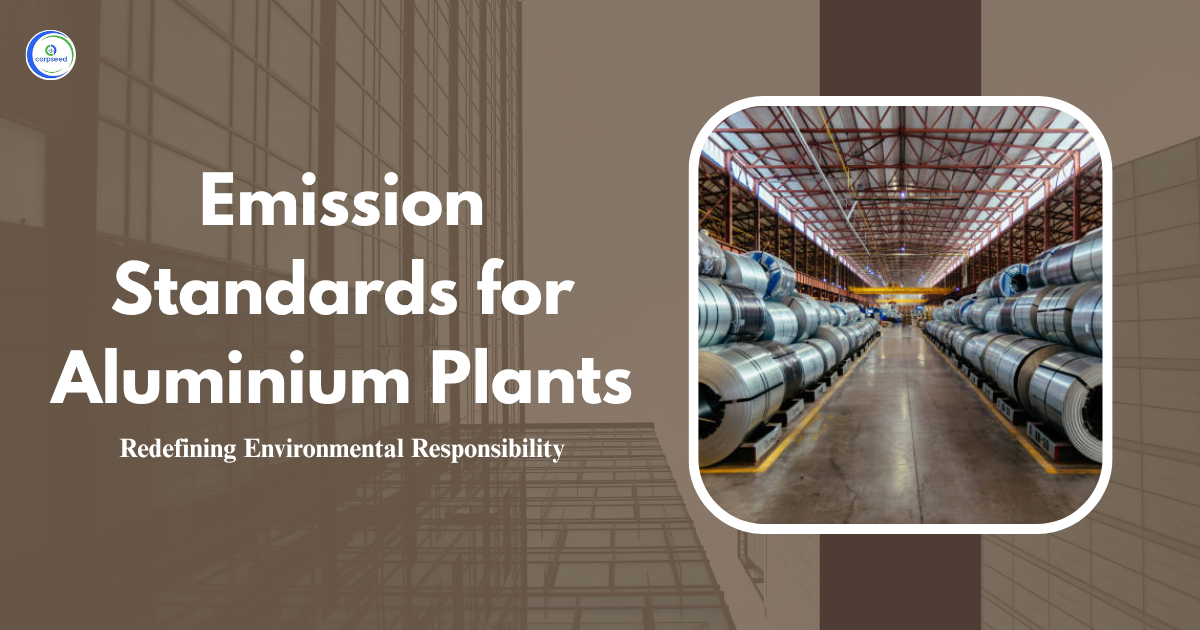Boilers are vital for several industrial processes, mainly in power generation, manufacturing and chemical industries. However, they’re also an important source of air pollution. The burning of fuels such as coal, lignite, domestic coke, furnace oil, and agriculture residues in boilers emits pollutants like Particulate Matter (PM), sulfur dioxide (SO2), and nitrous oxide (NOx).
Table of Contents
- Understanding Environmental Pollutants from Boilers
- Benefits of Emission Standard Implementation
- Emission Standards for Industrial Boilers
- Key Emission Measurement Guidelines
- Mandatory Stack Height
- Approved Fuel Types and Combustion Practices
- Monitoring and Legal Compliance
- Notes on the New Standards
- Conclusion
To mitigate the harmful effects of these emissions, the Ministry of Environment, Forest and Climate Change (MoEF&CC) has amended the Environment (Conservation) Rules, 1986. The latest regulations, notified as the Environment (Protection) Amendment Rules, 2023, establish stringent emission standards for industrial boilers. These new regulations aim to enhance air quality and encourage clean industrial activities across the country.
Understanding Environmental Pollutants from Boilers
Boilers are used on a large scale to generate steam and heat in industries, often burning fuels such as coal, lignite or oil. While they support crucial industrial activities, their operation also results in the emission of harmful pollutants. These emissions have severe consequences for both environmental quality and human health. Understanding these contaminants is crucial to implement effective control measures and ensure regulatory compliance.
Boilers release numerous pollutants, mainly:
- Particulate Matter (PM): Small solid particles that can enter the lungs and cause respiratory and cardiovascular disease.
- Sulfur Dioxide (SO2): Originating from sulfur in fuel, SO2 can cause acid rain and harm crops, water reservoirs and buildings.
- Nitrogen Oxides (NOx): Emitted during high-temperature combustion, NOx contributes to smog formation and respiratory problems.
--------------Blog Contact Form-------------
Benefits of Emission Standard Implementation
The implementation of boiler emission standards under the 2023 amendments brings several benefits to both industry and society. Some of the key benefits are:
- Improved Air Quality: By controlling the emission of PM, SO2, and NOx, these standards help lessen pollution levels around industrial clusters.
- Sustainable Industrial Growth: Effective combustion and clean fuels reduce emissions and support eco-friendly work.
- Health Protection: With less contact to pollution, communities near industrial areas face fewer respiratory and cardiovascular health problems.
- Regulatory Uniformity: Nationwide standards generate consistency, confirming that industries across states adhere to uniform environmental laws.
- Alignment with Global Goals: These measures support India’s commitments under the Paris Agreement and its goal of reducing the intensity of emissions.
Emission Standards for Industrial Boilers
Under the Environment (Protection) Amendment Rules, 2023, there are specific emission principles set for boilers based on fuel type and capacity. These standards apply to industrial boilers and those in agro fuels or bagasse based power plants. However, boilers in coal or lignite-based power plants should follow the emission principles issued for thermal power plants. These consist of:
- Boilers using solid fuels (coal, lignite, peat coke, bagasse, agricultural waste)
- Boilers using liquid fuels (furnace oil, light diesel oil, low sulfur heavy stock)
- Thermal Fluid Heaters (TFH) and Hot Air Generators (HAG).
Key Emission Measurement Guidelines
To ensure accuracy in emission reporting, the following must be followed:
| S. No. | Industry | Parameters | Type of industrial boiler (fuel-wise) and Standards | |
| 70. |
Boilers (Steam generation capacity, ton/hour)
|
Particulate Matter (PM) Emission (mg/Nm3) | Agro based fuels/bagasse | Other fuels |
|
250 mg/Nm3 |
500 mg/Nm3 | |||
Mandatory Stack Height
To ensure adequate spread of contamination, the updated rules prescribe a minimum stack height for all boilers on the basis of emission rates and capacity.
Stack Height Calculation:
- For SO₂ emissions: H = 14 × Q^0.3 (where Q = SO2 emission rate in kg/hr)
- For PM emissions: H = 74 × Q^0.27 (where Q = PM emission rate in tonnes/hr)
Minimum Stack Height:
- At least 11 meters for boilers with <2 tons/hour steam generation capacity
- At least 30 meters for boilers with >2 tons/hour steam capacity
These standards help ensure that emissions are dispersed at higher altitude, minimizing ground-level contamination and its impact on surrounding populations.
Approved Fuel Types and Combustion Practices
The emission limits are indirectly affected by fuel type and combustion efficiency. Cleaner fuels and better burner technologies not only mitigate emissions but also increase fuel efficiency, resulting in cost savings for industries. To meet the standards, industries must use:
- Approved fuels such as coal, lignite, bagasse, pet coke, agro-waste, furnace oil, and LDO
- Efficient combustion systems that reduce the generation of pollutants
Monitoring and Legal Compliance
To enforce compliance, the Central Pollution Control Board (CPCB) and State Pollution Control Boards (SPCBs) regularly monitor boiler emissions. Industrial units must:
- Install monitoring ports and platforms for easy sampling
- Conduct routine emission testing
- Maintain proper logs of fuel use and test results
- Install Continuous Emission Monitoring Systems (CEMS) if required for large boilers
Notes on the New Standards
The amendment includes the following essential notes:
- Minimum stack height (in meter) shall be as per the formula, namely:-
H=14Q0.3 (where Q is SO2 emission rate in kg/hr) or
H=74Q0.27 (where Q is PM emission rate in tonne/hr), whichever is more.
- Measured values of PM, SO2 and NOx to be normalised at 6% O2 for solid fuels and at 3% O2 for liquid fuels, on dry basis.
- These standards are for industrial boilers using coal or lignite, pet coke, bagasse or agro-fuels, and Furnace Oil or Light Diesel Oil or Low Sulphur Heavy Stock, boilers of bagasse or agro-fuels based power plants, and also for Thermic Fluid Heater (TFH) and Hot Air Generator (HAG) on equivalent fuel consumption basis. Whereas, for boilers of coal or lignite based power plants the emission standards notified for thermal power plants, vide notification no S.O. 3305 (E), dated 7th December, 2015 shall be applicable”
(b) Serial number 59 shall be omitted
(c) Serial number 37 shall be omitted.
Conclusion
Controlling emissions from industrial boilers is vital to safeguard India’s environment and public health. The Environment (Protection) Amendment Rules, 2023 PM, sets clear and legitimate emission standards for SO2, and NOx. These updated standards aim to enhance air quality, encourage sustainable fuel methods, and align India’s industry with its climate commitments.
Industries must now prioritize cleaner combustion, use approved fuels, and install proper monitoring systems. With a two-year application period, there is plenty of time for planning and compliance. By doing so, industries can contribute to cleaner air, healthier communities and a greener future.
This portion of the site is for informational purposes only. The content is not legal advice. The statements and opinions are the expression of author, not corpseed, and have not been evaluated by corpseed for accuracy, completeness, or changes in the law.
BOOK A FREE CONSULTATION
Get help from an experienced legal adviser. Schedule your consultation at a time that works for you and it's absolutely FREE.



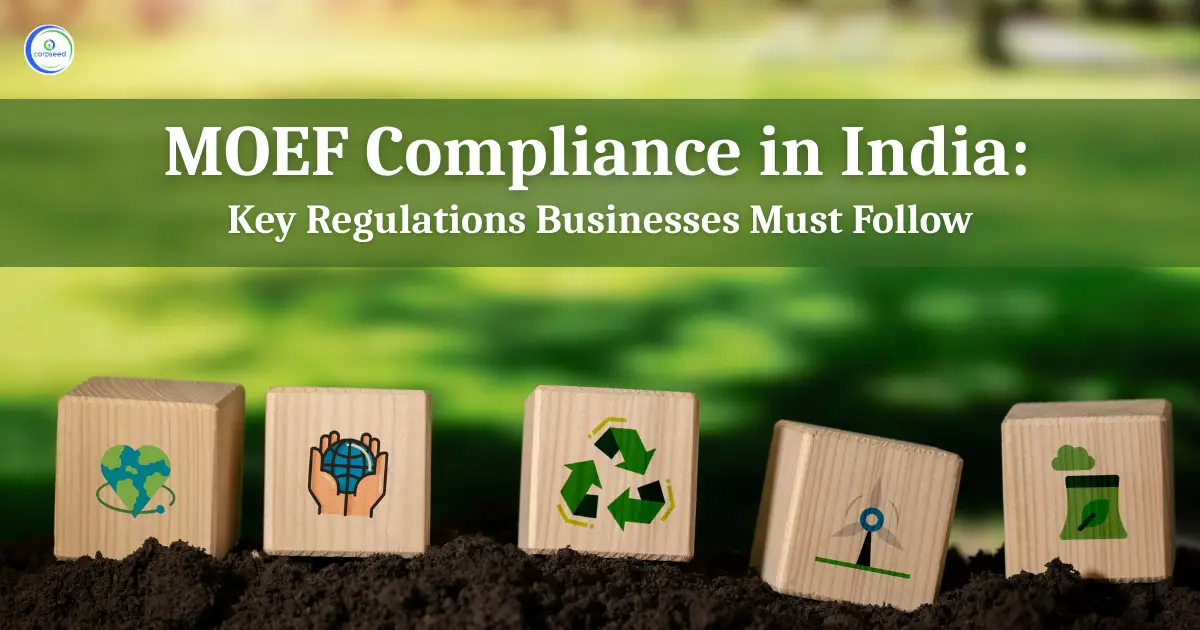
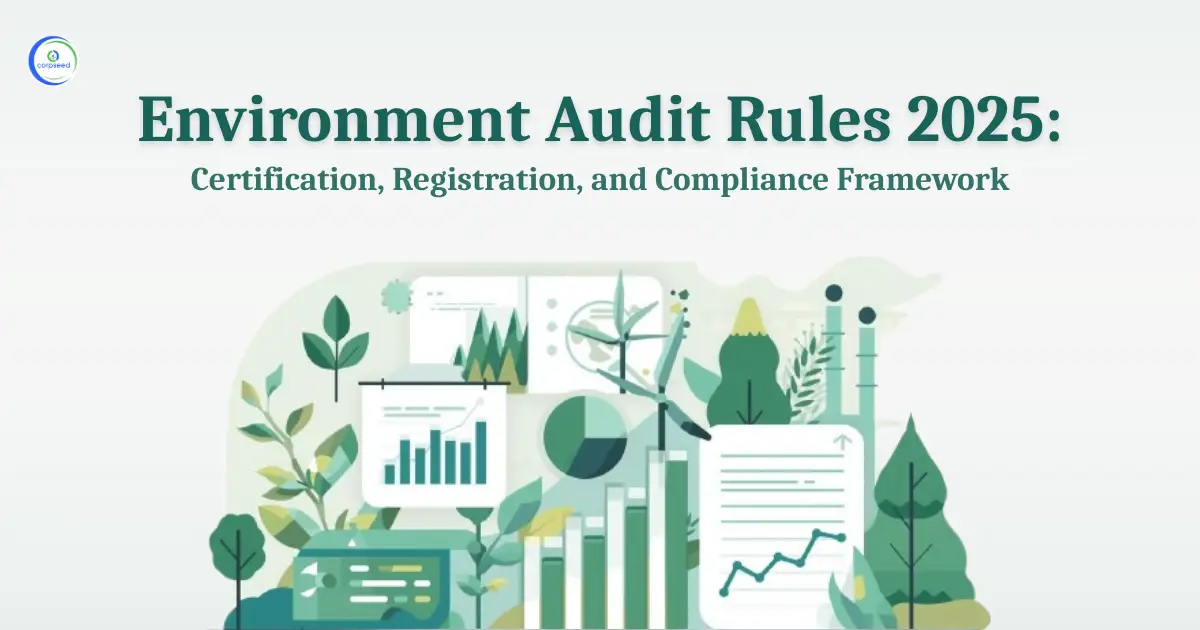
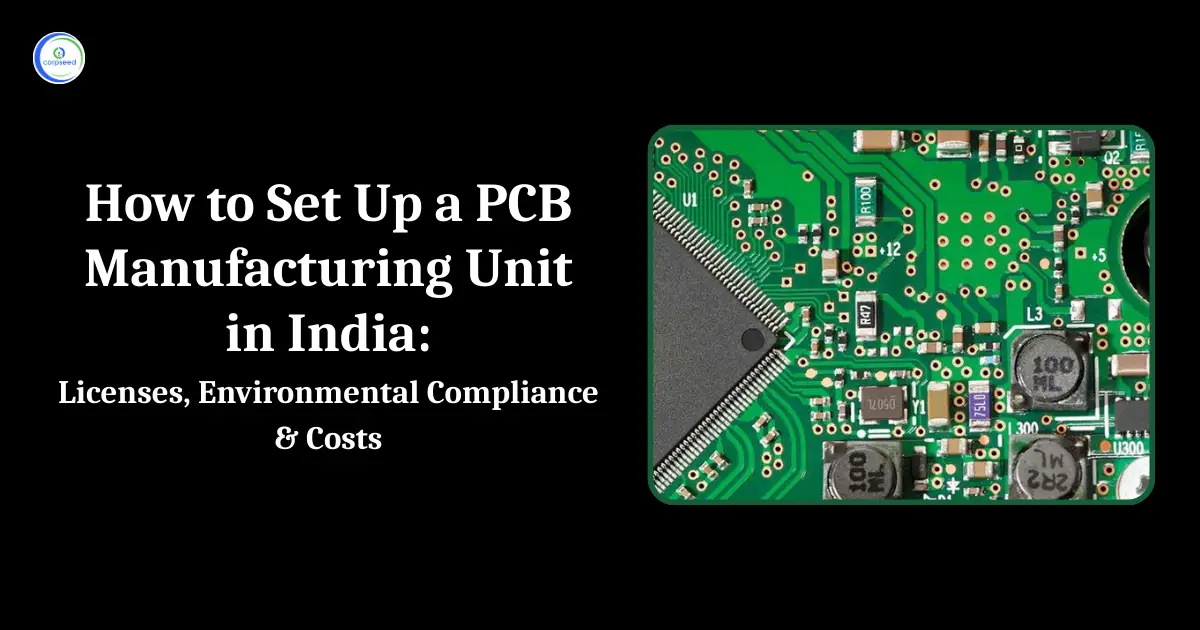
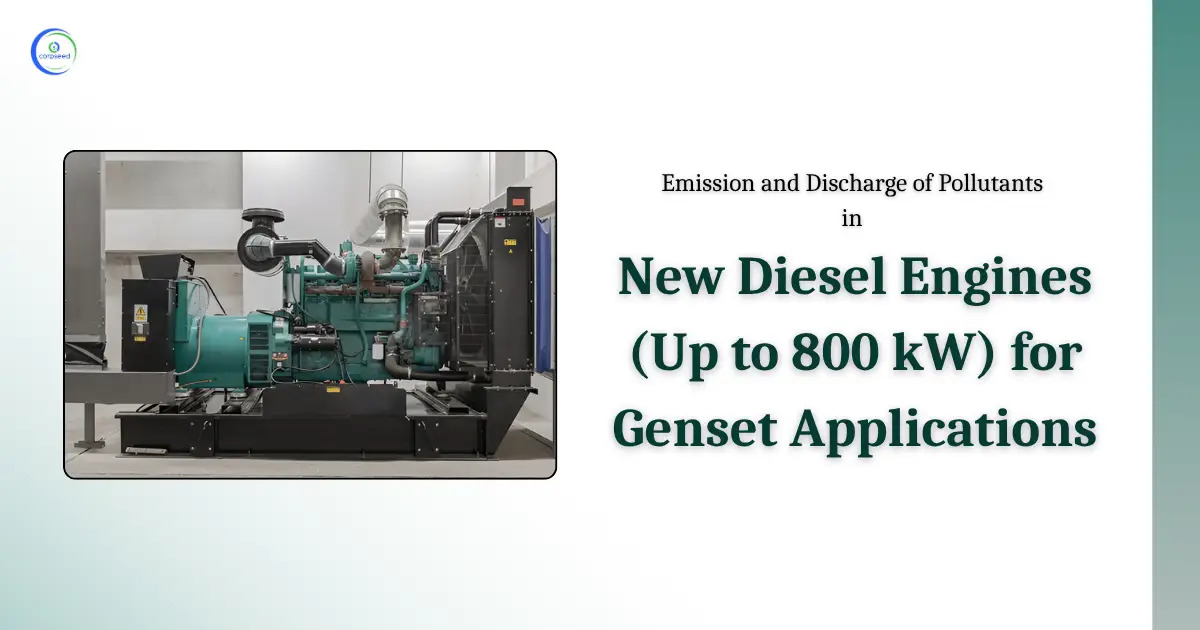
_Corpseed.webp)
.webp)
